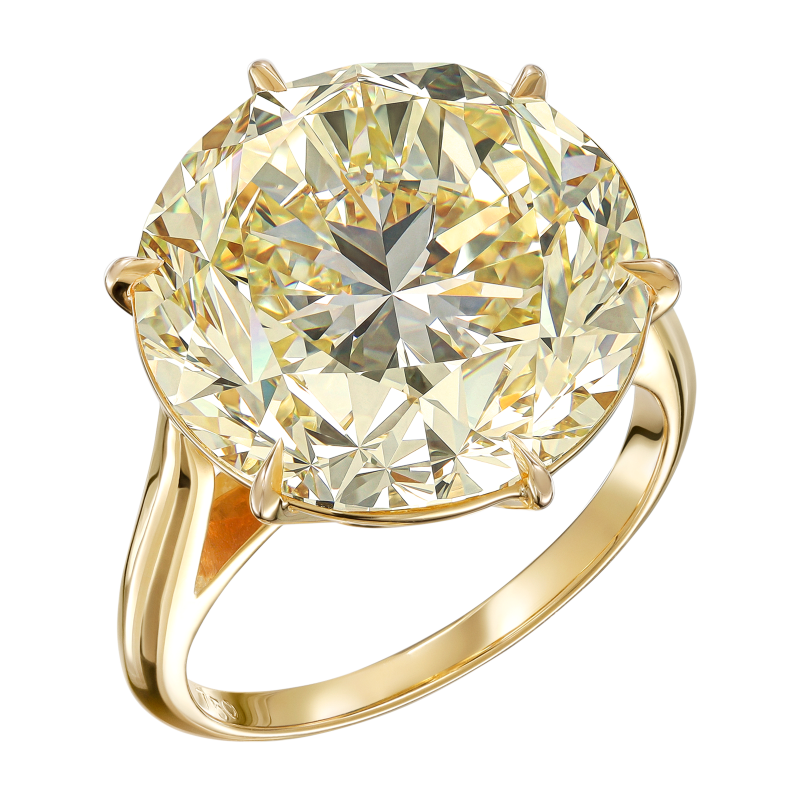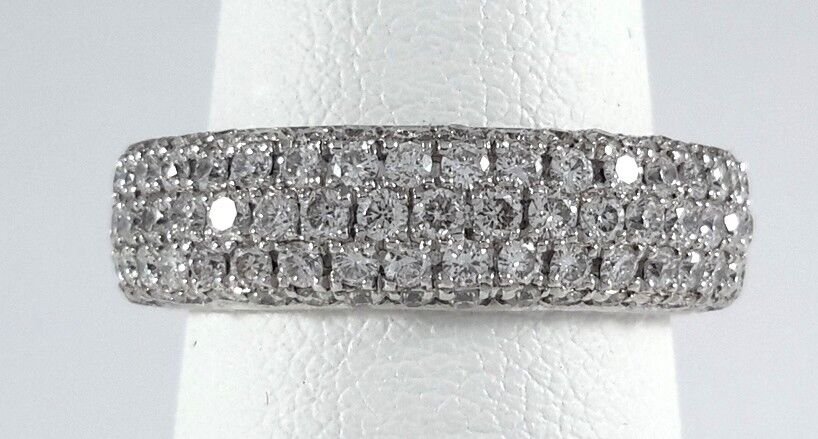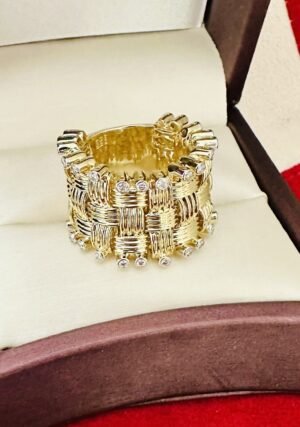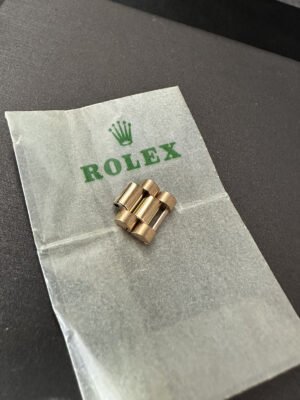Description
| 2.40ct Diamond w/G Band – R9562 |
|---|
| This beautiful White Gold ring is set with Diamonds all around and glitters wonderfully.
Main Stone: Diamond Main Stone Weight: 2.40ct Metal: White Gold Metal Weight: 8.70GR Diamond
Continue browsing our collection Available Shipping Worldwide Please be sure to check ALL the item’s details to avoid confusion. |
|---|










